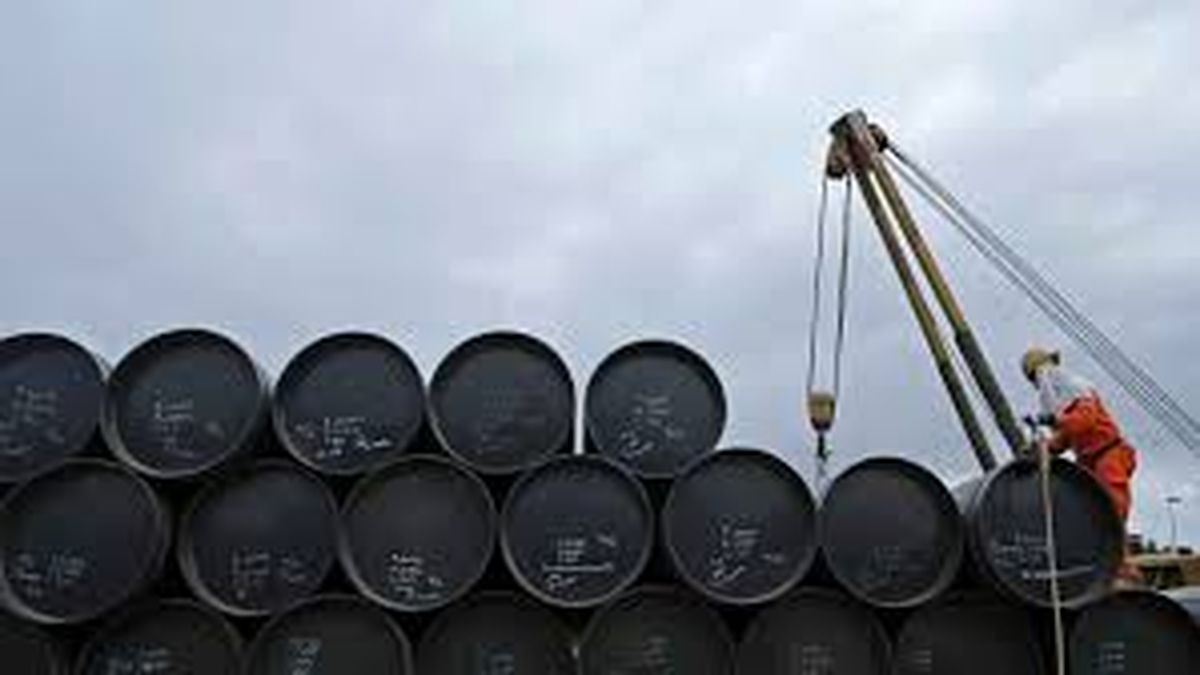The prices of Petroleum traded higher this Tuesday in international markets, at a time when investors are analyzing the possible decision of the OPEC+ to extend voluntary production cuts to the second quarter and even maintain them until the end of the year.
Another key factor in the market analysis is the signal of a possible ceasefire in the Gaza conflict between Hamas and Israelas well as the reality on the ground in Middle East.
The price of a barrel of oil Brent for delivery in April closed on the London futures market with an increase of 1.35%, up to $83.65, while the price of WTI closed with a rise of 1.66%, at 78.87 dollars per barrel,
The possible OPEC+ announcement
The price of Petroleum rose at times where the Organization of Petroleum Exporting Countries (OPEC+), will decide shortly whether to extend its voluntary production cuts, set for the first quarter of this year.
The managing director of the company Velandera Energy Partners, Manish Raj, told CNBC that “there is no chance that OPEC+ and its leader, Saudi Arabia, throw in the towel and end production cuts,” a sign that they will remain “well beyond the first quarter.”
The situation in Gaza
Another factor of uncertainty is a possible ceasefire in the Gaza Strip. The president of the USA, Joe Biden, has indicated that Israel would be willing to stop its attacks on Gaza during the Muslim holy month of Ramadan, which begins on March 10, if an agreement is reached to free the hostages held by the Palestinian Islamist group Hamas.
The situation in the oil market also impacts the oil market. Red Sea, where Yemen’s Houthi rebels, who are supported by Iran, have carried out attacks against merchant ships using that important sea route.
Meanwhile, attacks by Houthi rebels in the Red Sea continue. Yemen to commercial ships, but some analysts consider that, although these have caused an increase in transportation costs and shipping times, they have not led to major supply interruptions.
Source: Ambito




